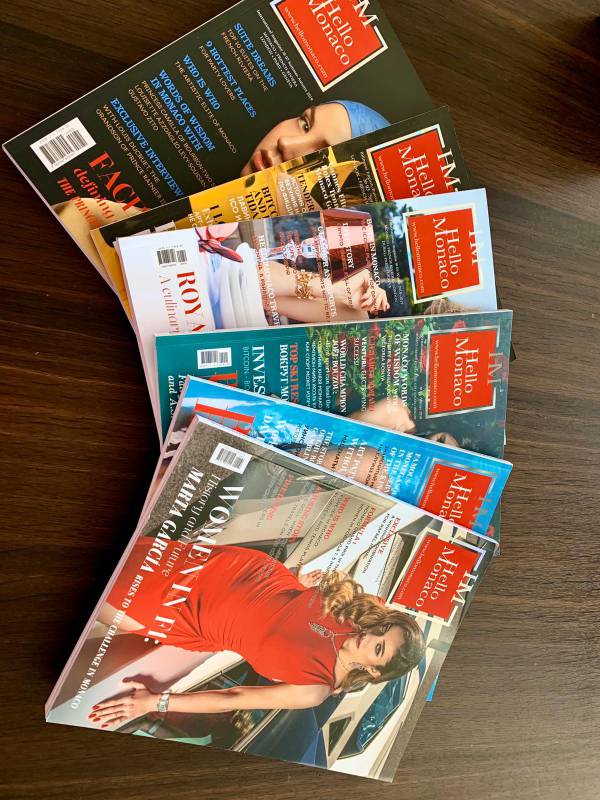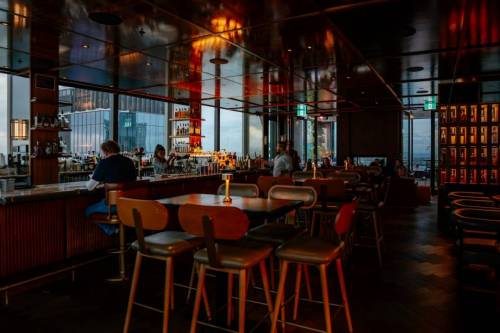Monaco’s efforts to tackle its growing mobility issues are intensifying, with ambitious infrastructure projects and a push toward stricter policies to regulate traffic. One project at the forefront of this is the massive Brasca park-and-ride project, a 1.2-billion-euro plan that aims to reduce congestion by offering 3,500 parking spaces just outside Monaco, along with an express underground link connecting directly to the principality.
This bold venture, situated between Eze and La Turbie, is designed to handle 2,400 passengers per hour in each direction, with the potential for expansion to accommodate 3,600. Monaco’s government is not stopping there; bidders for the project have been invited to propose additional stations or extensions, ensuring the system can scale to meet future demand. However, despite its promise, the project won’t be completed overnight—estimates suggest it will take six to eight years to build, with the system becoming operational only after France and Monaco sign a formal agreement.
Meanwhile, Monaco is already grappling with underutilized park-and-ride facilities, notably the Salines car park, which opened with 1,790 spaces but currently sees about 700 vehicles daily. With the government having invested 208 million euros in this project alone, there’s mounting pressure to make sure it is used.
Tolls or Restrictions on Cars Entering Monaco
Monaco’s leaders have expressed frustration, with suggestions ranging from restricting access to Monaco for certain vehicles to implementing tolls to deter traffic. National Council President Thomas Brezzo has been reported as emphasizing the need for stronger measures to fill these car parks, while others, like Jade Aureglia, are reported as insisting that commuters be required to use them.
The idea of introducing tolls, similar to models in cities like London or Stockholm, has been floated, though it hasn’t gained full traction. Minister of State Didier Guillaume has voiced support for firm measures but is reported as remaining skeptical about a toll’s effectiveness in Monaco’s unique context, where tourists would likely bypass such fees. The more immediate solution seems to lie in enforcing parking restrictions and improving shuttle and bus services to ease traffic flow. Additionally, proposals like banning non-Monegasque license plates could play a part in reducing congestion.
As the government pushes forward with the Brasca project and debates coercive policies, it’s clear that Monaco is in the midst of a mobility overhaul. With large-scale investments in park-and-ride facilities, underground transit links, and restrictive measures on the table, the goal is to smooth traffic while keeping the principality accessible for residents, workers, and visitors alike. However, balancing these interests without alienating key stakeholders—whether drivers, commuters, or tourists—will be Monaco’s biggest challenge in the years ahead.









